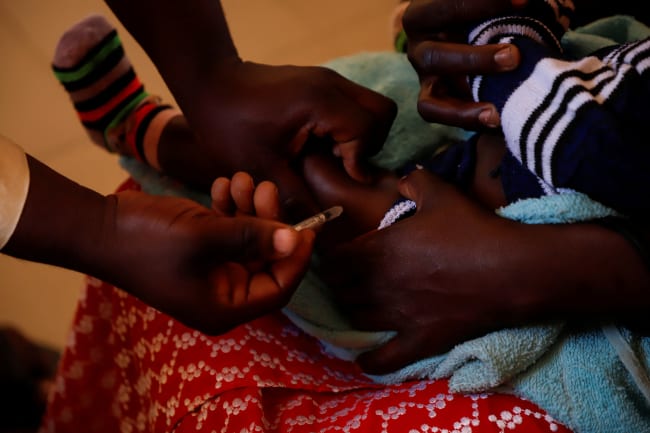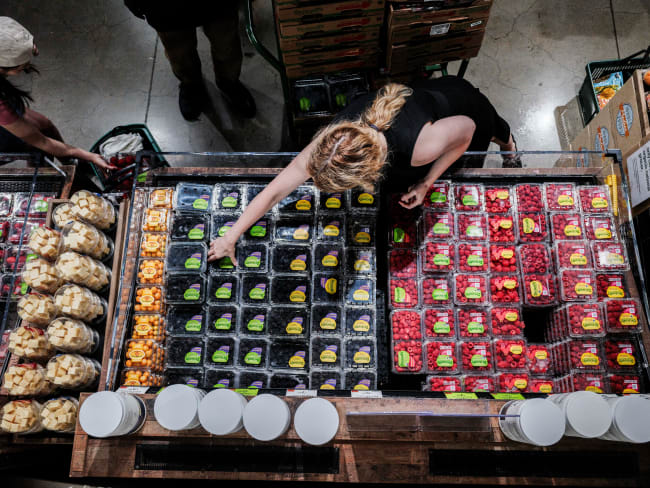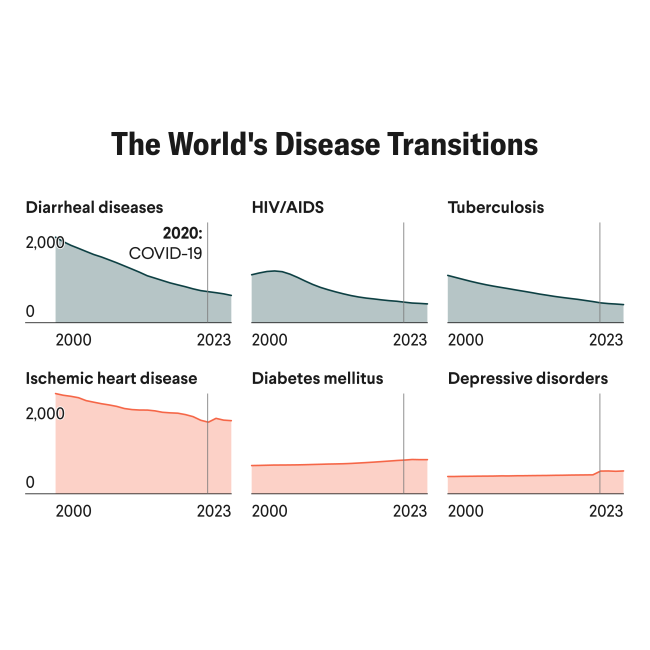Treating a venomous snakebite is a race against time. The World Health Organization estimates that between 1.8 and 2.7 million people are envenomated by snakes annually and that some 81,000 to 138,000 of them die as a result. Rapid treatment with high-quality antivenom can save both lives and livelihoods.
But snakebites often occur in remote, rural locations, far from large hospitals with advanced equipment. All the antivenom in the world won't help someone if health professionals can't put that medication in their body.
Brazil is unique among countries with a high snakebite burden in that the country can (and does) make its own antivenom and provides it free of charge at hospitals. In theory, then, antivenom access shouldn't be a problem.
A single vial of antivenom can cost anywhere from $18 to $200, and treating a single bite can require 20 or 30 vials
But when João Ricardo Nickenig Vissoci, a data scientist at Duke University, and his colleagues in Brazil analyzed data about time elapsed between a snakebite and the beginning of antivenom treatment in the sprawling state of Amazonas, they found it took hours, even days, for individuals to reach hospitals with antivenom.
These delays in care can lead to more severe consequences, including loss of limb functionality, organ failure, and death.
"People just can't get treatment in time," Vissoci says.
Training workers at small health clinics that served Amazonas could make a big difference, given that the state has 8.7% of Brazil's population but accounts for 44.6% of the country's snakebites. To convince policymakers to redistribute antivenom away from urban centers and to small health clinics, especially in rural regions like Amazonas, Vissoci needed to show that such an investment would pay off in improved health.
"Good epidemiological data on snakebite are missing," says Julien Potet, neglected tropical diseases policy advisor at Doctors Without Borders. "That kind of information would be very helpful to optimize distribution and also make sure that antivenom is available at the right level of care."
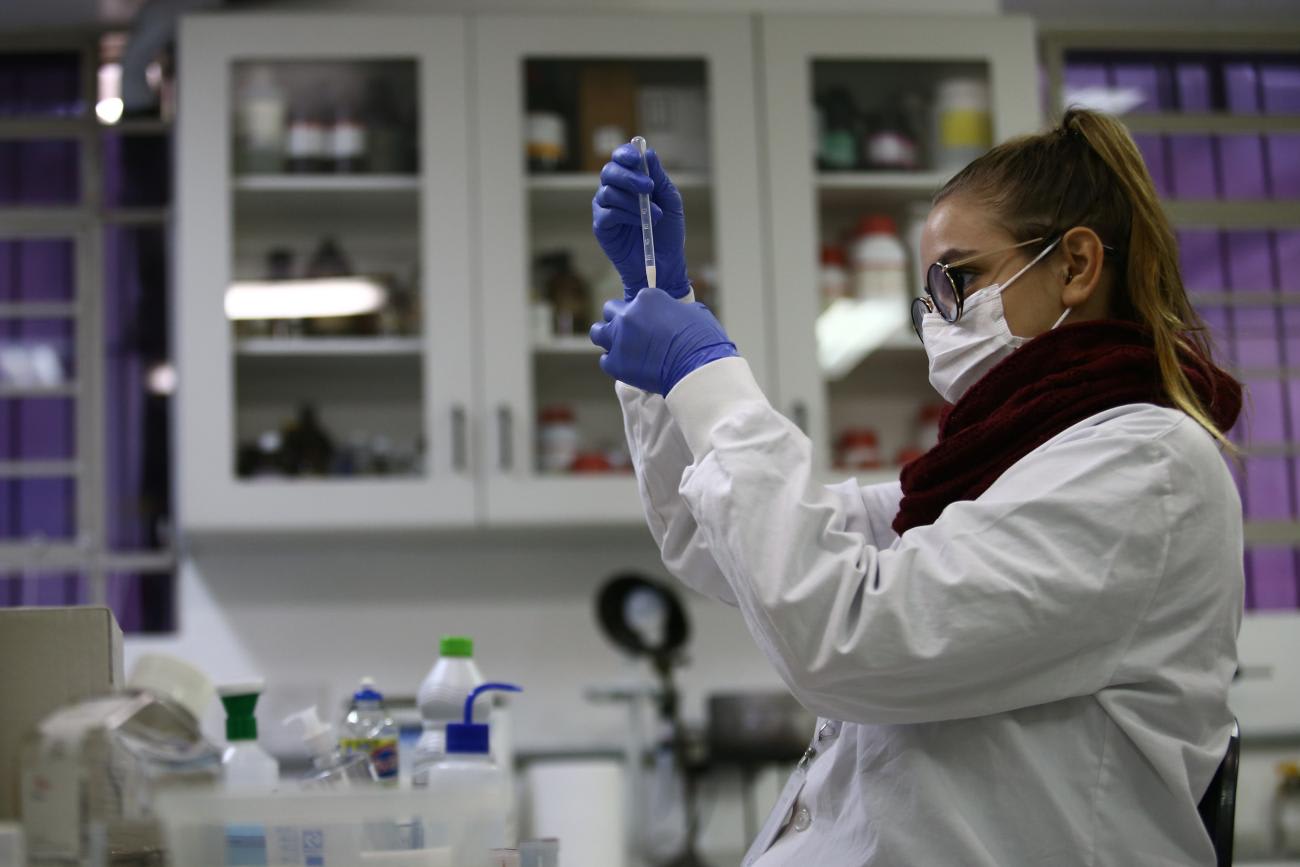
Math Versus Snake
Originally from Maringá in southern Brazil, Vissoci wanted to use his expertise to understand why people were continuing to die of snakebite in Brazil, given that the country produced enough antivenom and that the medication was provided free of charge.
Using his background in Big Data, Vissoci found that although Brazil had enough antivenom, it was concentrated in large cities, far from the country's snakebite hotspots. Redistributing this life-saving medication to rural health clinics would be both cost-effective and lifesaving, according to Vissoci's recent analysis in The Lancet.
The team built mathematical models of the health and economic impact of snakebite in Amazonas and studied three scenarios: the status quo, increasing antivenom availability at hospitals only, and increasing antivenom availability at community health centers.
The second two options both showed significant economic savings and improvements in health outcomes. However, the switch to community health clinics was the clear winner.
"With a marginal investment from the health-care system to increase antivenom coverage, the burden we would reduce by saving people's lives is far higher than what we see in areas like HIV treatment," Vissoci says.
The burden we would reduce by saving people's lives is far higher than what we see in areas like HIV treatment
João Ricardo Nickenig Vissoci
Humans have been coping with snakes and their bites even before our species existed. The long history of snakebite, however, hasn't eliminated the problem. Not all snakes are venomous and not all bites from venomous snakes inject toxins into the victim, but researchers such as David Williams, technical officer for antivenoms at the World Health Organization, know that the number of snakebite casualties is too immense. Such small animals should not cause so much medical burden.
It's harder to measure the social and financial impact of these bites, but Williams says that the poverty of families affected by snakebite often worsens due to the double hit of paying for antivenom and subsequent lost wages.
Why Snakebite Antivenom Is Precious
The first snakebite antivenoms were developed more than a century ago and were made by injecting a horse with miniscule amounts of venom, slowly increasing the dose over time. That action spurred the horse to produce antibodies against the venom, which were purified and packaged to be administered to snakebite victims.
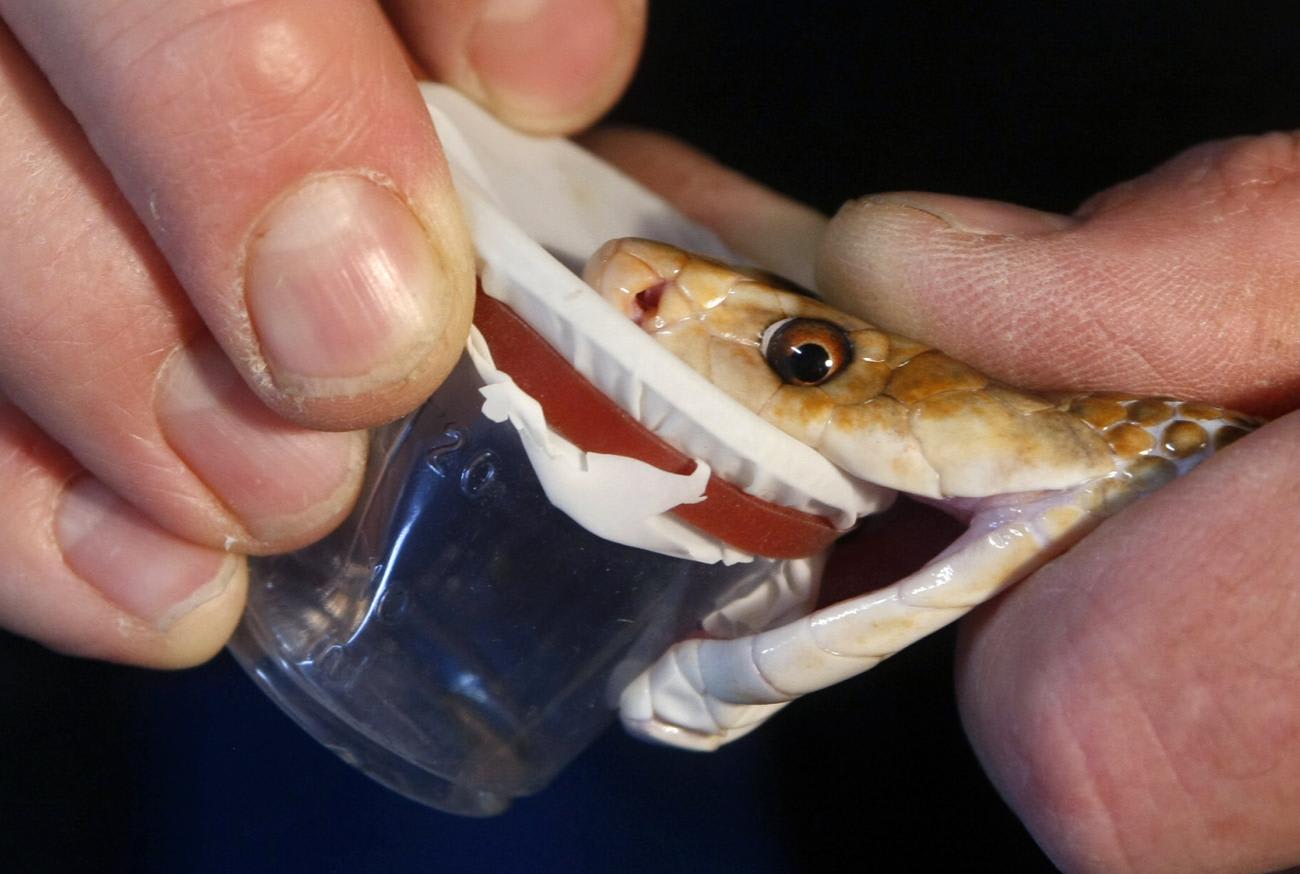
The process can be time consuming, but is both well established and inexpensive to produce, says Potet. Despite this, many countries remain unable to produce their own antivenom, requiring them to import from other countries. If the antivenom isn't freeze-dried, it also requires a cold chain and has a limited shelf life.
As a result, when antivenom is available, it is often expired, of questionable quality, and ruinously expensive. A single vial of antivenom can cost anywhere from $18 to $200, and treating a single bite can require 20 or 30 vials.
"Victims they have to pay out of their pockets," says Potet. "It restricts the number of people who can have access to good quality treatment."
For Williams, Vissoci's kind of Big Data approach is just what the snakebite field needs to improve outcomes.
"The more data that we can bring, the better," says Williams. "Snakebite is still massively under reported. It really is a disease of invisible communities—communities where it's not necessarily easy to get the data or ones that seem to always get forgotten when it's time to collect data."


